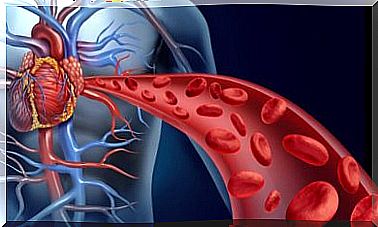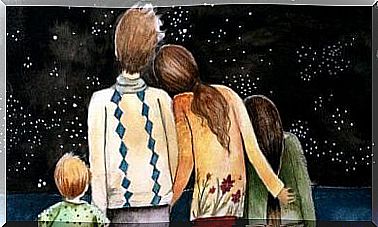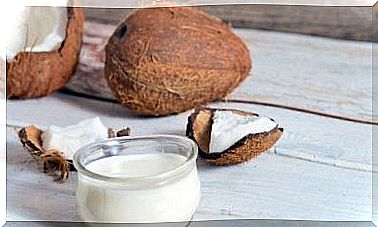First Aid For Burns From Boiling Water
Burns caused by boiling water are very common.
You are in the kitchen making a meal or a nice cup of tea. You may turn on the tap and the water that comes out is much hotter than you expected. What are you doing then?
Today we will explain how you can treat these types of burns yourself.
Type of burns
Before you decide which treatment to apply to your burn, you should know that there are three different grades:
first degree
This affects the top or superficial layer of your skin. The symptoms are redness, swelling and a little bit of pain.
This area sheds within 7 days and recovers within two weeks.
second degree
This gradation is more serious, because the second layer of the skin is also burned. It causes blisters and inflammation. The pain is more intense.
The blisters will open on their own within a week. It takes three weeks to completely heal. Sometimes the skin becomes a little lighter or darker after a scar forms.
third degree
This is the severe burn and it is necessary to get medical care for it. The burn goes through all layers of the skin and is extremely painful.
Burns caused by boiling water
These are very common burns in the home. A pot of hot water on the stove can turn into a major danger or tragedy when children are around.
Small but serious burns caused by boiling water are not uncommon. You should always be careful. Boil the water on a gas burner as far from the edge as possible.
When the boiling water splashes on you or it has very light contact with the skin, it will cause a little bit of pain. However, this pain will probably also go away immediately. A good way to stop the burning sensation is to run cold water over it.
You can hold your finger under the tap or in a container of water. Let the wound cool for at least five minutes.
If the burn is a little more severe, do the same, but for a little longer. For second degree burns, chill for at least 15 minutes.
Treatment depends on the area on the body that has been burned. For example, you can cover the area with a wet cloth or put some ice cubes in a plastic bag on it. Never apply ice directly to the skin.
Treating Burns
While you’re cooling the burn, also take a moment to evaluate the damage.
If the pain doesn’t go away after a few minutes and you realize that the red area has gotten bigger or blistered, consider going to the emergency room. When the symptoms subside, you can continue with the treatment in your own home.
Take some gauze and moisten it with some water. Wrap the affected area and let it sit for thirty minutes to an hour. If necessary, change your clothes. Make sure that the combustion does not come into contact with harmful surfaces and contamination.
Aloe vera is one of the best remedies for superficial burns. Whether the wound is caused by hot water, oil or the sun. No household can do without this plant. Break a leaf horizontally and take out the gel inside.
The thick liquid that comes out of this has the power to moisturize your skin. Apply this to the burn. Let it sit until completely absorbed.
If you want, you can wrap the skin with sterile gauze. However, it is better to let the wound breathe.
Severe Burns: When Do You Go to the Hospital?
Imagine a pot of boiling water falling over you. Your clothes may be stuck to your skin. Do not try to remove this yourself. Wet this area with cool water and go to the emergency room right away. The doctors there will gently and properly remove the clothing from your body. This prevents your skin from getting further damaged.
If the burn forms a blister, do not squeeze it. This can cause more serious injuries, scarring and infections. Wrap the wound during the day so that the blister does not pop open and allow the blister to air dry for several minutes. Be careful though: if the blister is large, see a doctor.
If the blister is very painful and is causing pressure that prevents you from moving the area normally, the doctor may make a small opening to let the fluid out. However, make sure that everything is well disinfected.
The steps to treat burns at home
In-home treatments are only suitable for minor superficial burns. In some cases also second degree burns. For more severe burns, you should always see a doctor.
After applying cold water, we recommend the following:
- Apply petroleum jelly and cover the burn with sterile gauze.
- Keep the bandage on the first day without moving it too much.
- Take a pain reliever (such as ibuprofen)
- Change the bandage and let it breathe in the morning.
- Wet the gauze before removing it so it doesn’t stick to the skin.
- After seven days you can clean it and remove the dead skin. Use a moist gauze, but do not apply too much force. The skin will come off on its own.









